Seeing the large-scale but low-impact Norwegian salmon farming industry first-hand has given a delegation of Kiwis an insight into new developments and technology that pose an exciting, sustainable future for New Zealand’s own industry.
The group of 25 delegates attended the AquaVision conference in Stavanger, Norway, which is considered the world’s number one conference for the aquaculture industry.
The delegation included senior members from five different indigenous groups, representatives from local government, the Environmental Defence Society, a journalist, Aquaculture NZ, New Zealand’s Ministry for Primary Industries and the Opposition Spokesperson for Fisheries.
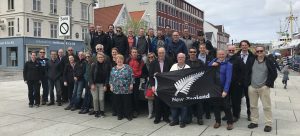
New Zealand delegation at Aquavision conference in Stavanger, Norway
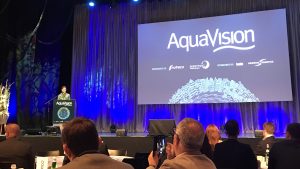
Aquavision conference in Stavanger, Norway
The calibre of speakers was excellent with the keynote speech delivered by the former Secretary General of the United Nations, Ban Ki-Moon,” says Ally.
“To have the world-leaders in the aquaculture industry all coming together in one place to share and discuss ideas and new technologies is both inspiring and hugely educational.”
Protein demand is expected to double worldwide in the next few decades, and seafood is predicted to increasingly come from farmed sources. Norway, which already produces most of the world’s total salmon sales of 2.4 million annually, is looking to increase its production to 5 million tonnes a year by 2050.
This has required Norway to focus on developing new technology to ensure its industry growth is coupled with a dedication to environmental sustainability, including the development of fully submersible sea farms.
“Our team hope the visit has provided some inspiration for how the Norwegian model could be incredibly successful if adopted in New Zealand,” says Ally.
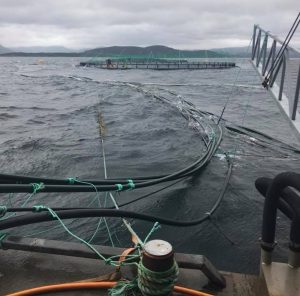
Field trip to an offshore salmon farm in Norway
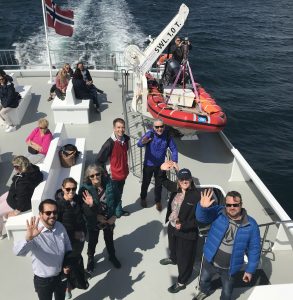
Team field visit during Aquavision in Norway
“We were shown a way of being able to create prosperity by using an existing resource in an environmentally friendly way. We witnessed an overarching and inspiring enthusiasm for offshore development, and Norway’s ability to cope with a large-scale industry with minimum fuss or impact.”
NZKS environmental compliance manager Mark Gillard also travelled to Norway and says the take-home message for him was that the salmon industry was “just part of the normal Norwegian way of life despite its size”.
“Nothing looked out of place, and facilities were tucked in amongst residential buildings and pretty special looking landscapes. This contradicts with some opinions in New Zealand which believe aquaculture is incompatible with other activities or landscapes.”
Marlborough District Council councillor Jamie Arbuckle says the conference was well-organised. He found the size of Norway’s industry “eye-opening” and he was impressed at the sharing of information within the aquaculture sector.
The offshore submerged farming technology, with its ability to move farms into areas with high-energy movement of sea water was a “game changer” for the industry, Jamie says. In New Zealand, such technology would eliminate inshore issues such as landscapes, recreational use and the under-farm sea floor, he says.
Southland District Council councillor Bruce Ford has been involved in the salmon industry at Stewart Island since its beginning and continues to closely watch progress and innovation. He says his main interest in visiting Norway was comparing the industries, with a particular focus on community well-being.
“I have been very impressed at the fast-changing methodologies being driven from Norway and the ability to operate in more challenging waters as an expansion opportunity for our region.”
